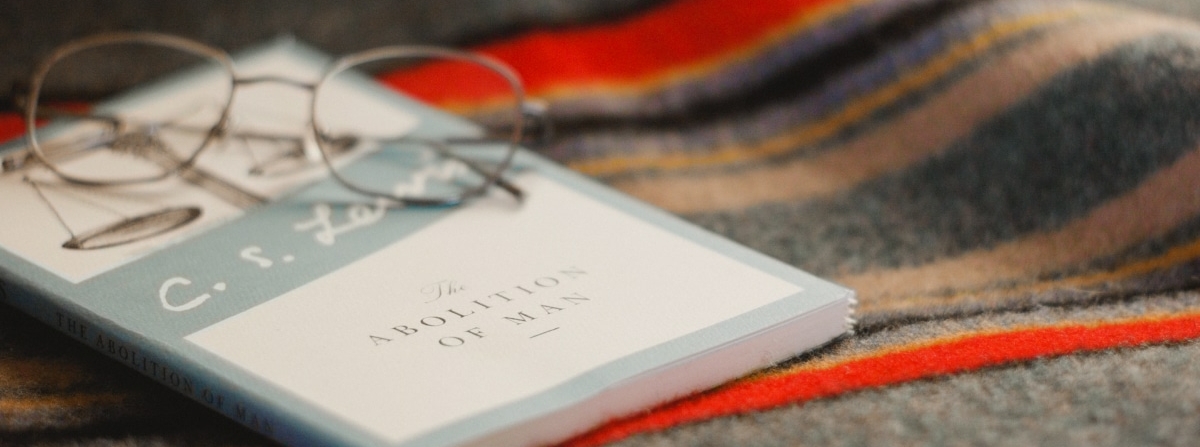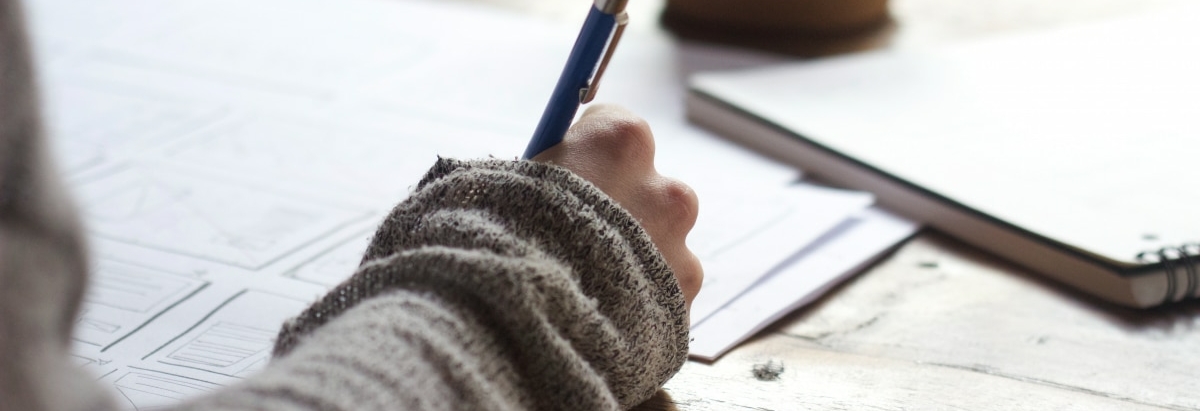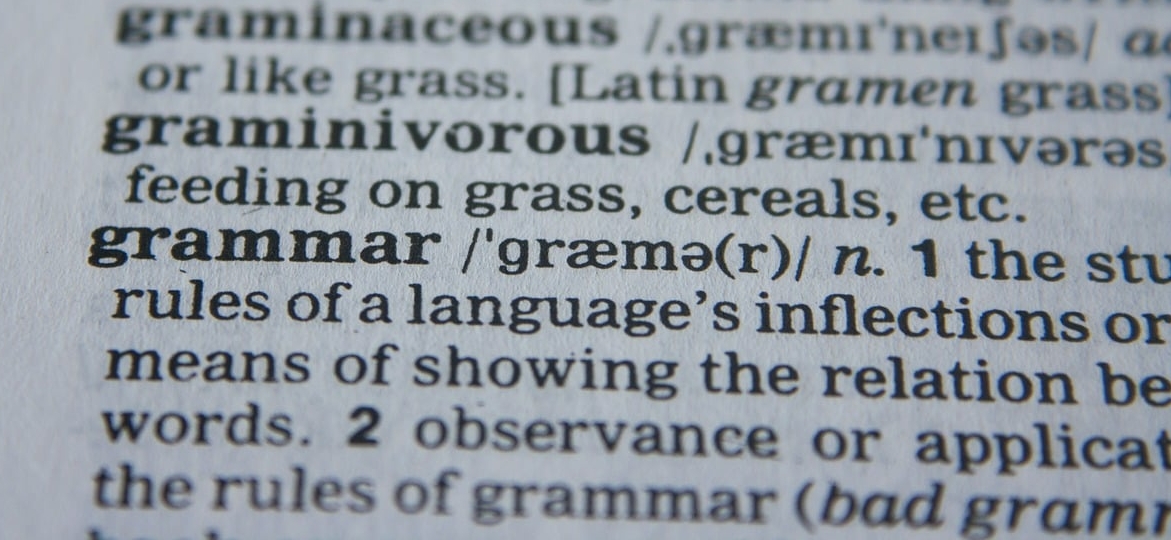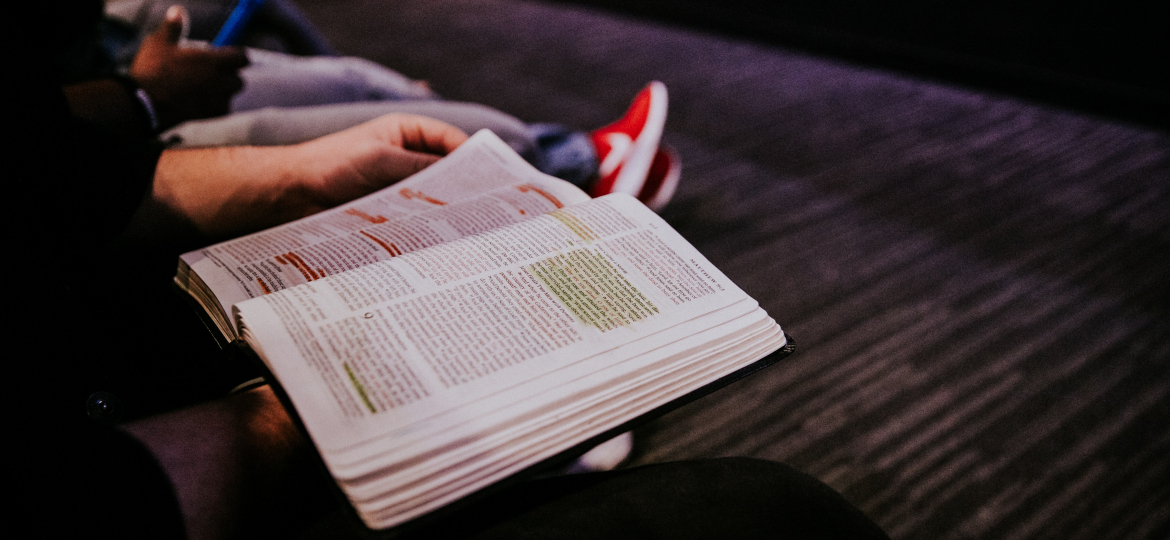In this article, we’re discussing an essential part of French grammar: French adjectives! We’re going to dive in to:
- The characteristics of French adjectives
- The importance of gender and number in French
- Where to put adjectives
- Common French adjectives
By the end of this article, you’ll be an expert on all things French adjectives – let’s go!
If you wish to learn French efficiently online or to take the tests DELF, DALF or TCF revising all our french grammar and conjugation worksheets is always a great idea!
Adjectives in French
Adjectives are yet another part of speech. They are what we use to modify nouns in order to express things like colour, size, and shape, for example.
In the following sentences, all of the underlined words are adjectives:
- My coat is red
- That cat is really fat
- We made a tasty cake yesterday

Rules about gender and number
As you’ll already know, French has two genders: masculine and feminine. Just as nouns are either masculine or feminine, adjectives must also be modified according to gender. And of course, where there is gender, there is also number. When you use an adjective it must agree with the noun it is describing in both gender – masculine or feminine – and number – singular or plural.
This means that French adjectives can have up to four different forms: masculine singular; feminine singular; masculine plural; and feminine plural.
Sounds complicated? Don’t panic! It’s simpler than it seems.
Most adjectives can be modified relatively easily with an e for the feminine, and an additional s for the plural. Let’s see it is practice.
Bon (“good”) is one of the most common French adjectives there is. Here’s what it would look like if we modified this adjective to agree with le gâteau (“the cake”) – a masculine noun – and la glace (“the ice cream”) – a feminine noun:
- Le gâteau est bon (masculine singular)
- Les gâteaux sont bons (masculine plural)
- La glace est bonne (feminine singular)
- Les glaces sont bonnes (feminine plural)
C’est simple !
How to position an adjective in a sentence in French
The vast majority of French adjectives are placed after the noun that they describe. Here are some examples:
- J’ai écouté le discours ennuyeux (“I listened to the boring speech”)
- Le médecin a l’air gentil (“The doctor seemed nice”)
The exception to this rule applies to adjectives that describe number, beauty, age, size, and goodness– these adjectives are placed before the noun instead. Here are a few examples to make things a little clearer:
- J’ai acheté un nouveau livre (“I bought a new book”)
- C’est une bonne idée (“It’s a good idea”)
There are a couple of other important things to bear in mind when considering the position of French adjectives. Some special adjectives carry a different meaning depending on whether they are placed before or after the noun.
The French adjective ancien behaves like this, as you will see in the following examples:
- Mon ancien professeur d’anglais est sympathique (“My former English teacher is nice”)
- Mon professeur ancien prendra bientôt sa retraite (“My elderly teacher will retire soon”)

Common adjectives
We use adjectives all the time without even realizing it. In fact, you probably already know lots of French adjectives. We’ve listed 20 of the most common French adjectives below – how many do you know?
- Petit(e) – small
- Grand(e) – big
- Jeune – young
- Premier(ère) – first
- Dernier(ère) – last
- Possible – possible
- Autre – other
- Nouveau (nouvelle) – new
- Bon(ne) – good
- Drôle – funny
- Intéressant(e) – interesting
- Super – great
- Grave – serious
- Beau (belle) – beautiful
- Ancien(ne) – old, ancient
- Seul(e) – alone
- Certain(e) – sure
- Cher(ère) – dear, expensive
- Vieux/vieille – old
- Gentil(le) – kind
You’ll notice that some of these adjectives undergo different modifications to what we’ve seen above. Here’s a recap of some of the most common adjective endings:
- Most adjectives ending –ieux become –ieuse, e.g. délicieux/délicieuse
- Adjectives ending –ien become –ienne, e.g. australien/australienne
- Many adjectives ending –er become –ère, e.g. premier/première
Understanding French grammar with GlobalExam
If you’d like to dive a little deeper into French adjectives, what better place than on GlobalExam? We’ve dedicated a section of our e-learning platform to breaking down French grammar topics into manageable chunks.
Head to our French learning platform to find detailed grammar sheets and exercises on adjective agreement, adjective placement, possessive adjectives, demonstrative adjectives, and more!
Each grammar sheet runs through the rules, the exceptions, and the must-know vocabulary, then you have the change to put it all to the test with a set of exercises related to the topic.
Studying French grammar doesn’t need to be dry. With GlobalExam, learning is fun and easily adapted to your level and timeline. Whether you have an hour or five minutes every day to dedicate to French, it’s time well spent with us!
Take some time to read more articles about French grammar and conjugation to improve your French level. We have written articles on topics such as French adjectives, pronouns, adverbs, gerund and all you need to know about verbs and tenses.
Here with the list of French grammar and conjugation worksheets:
- List of relative pronouns in French: learning when to use them
- What is an adverb In French? Types and examples of phrases
- Learning French Grammar – French Passive To Active Voice
- Understanding Gerund In French: Structure and Examples
- List of French Grammar and Conjugation Worksheets
- French Conjugation All you need to know about Verbs And Tenses
And if you’re looking for the best grammar book to suit your level, you can rest assured that there are all kinds!



